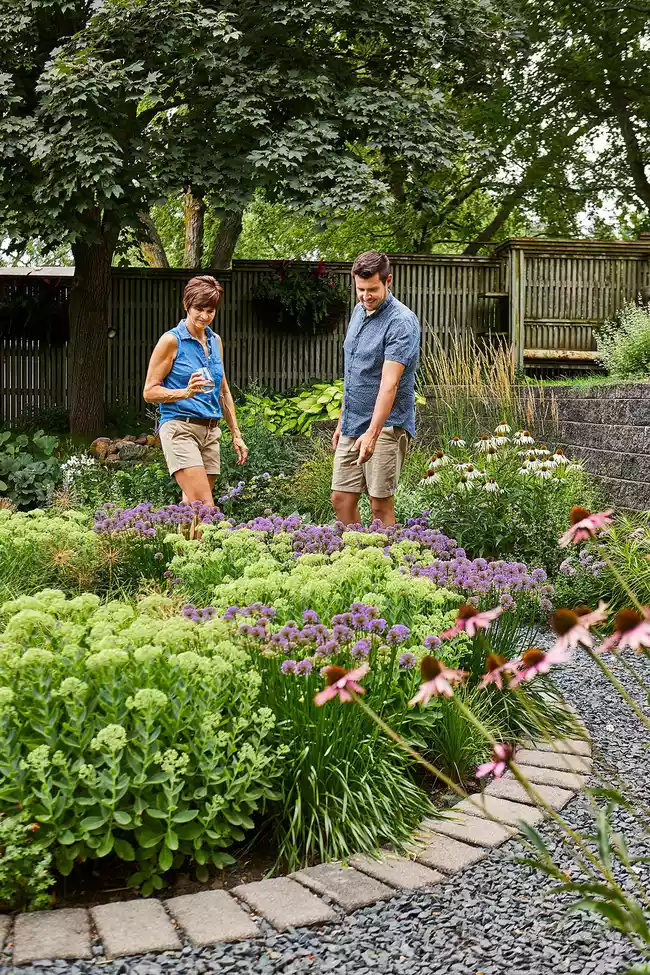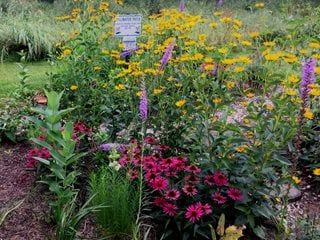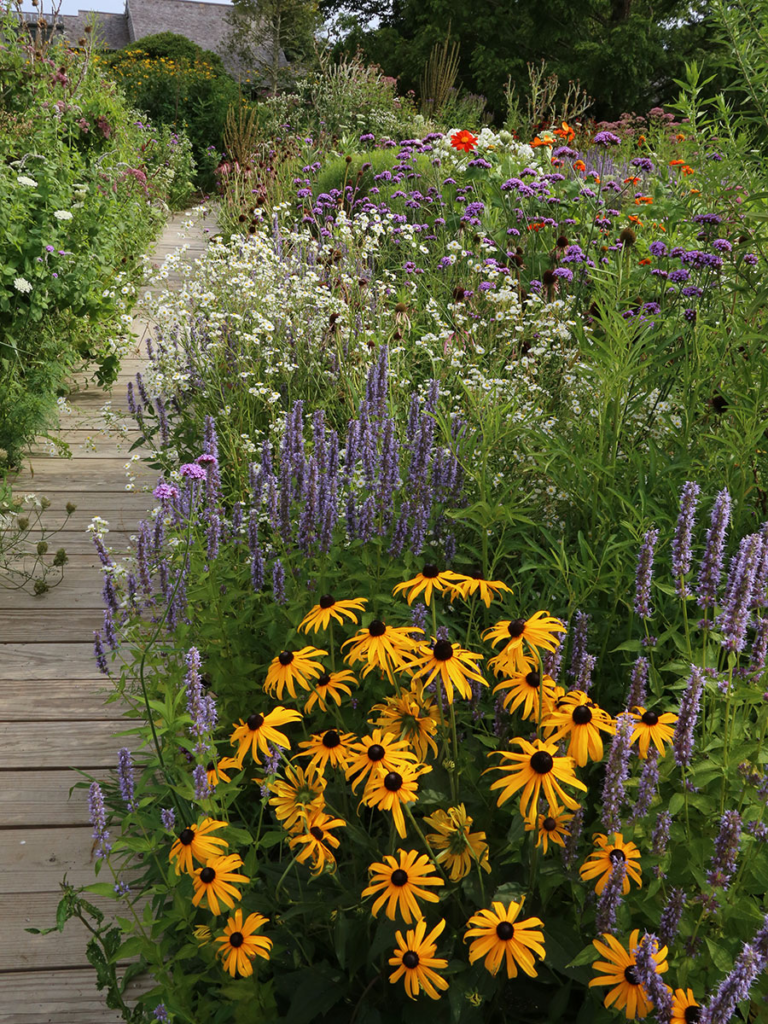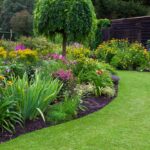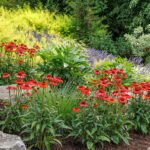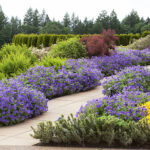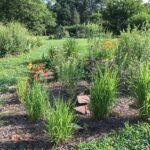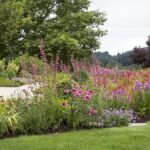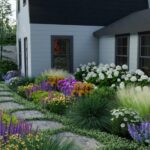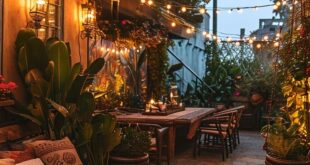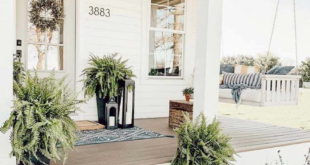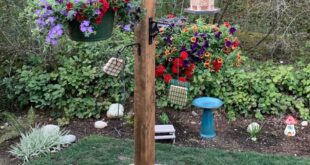Pollinator gardens are becoming increasingly popular as people become more aware of the importance of supporting pollinators such as bees, butterflies, and other insects. These gardens are designed to provide a habitat for pollinators to thrive and carry out their important work of pollinating plants. Creating a pollinator garden can be both beneficial for the environment and beautiful for the garden owner.
When designing a pollinator garden, it is important to choose a variety of plants that provide food and shelter for pollinators throughout the growing season. Selecting a mix of native flowering plants that bloom at different times can ensure that there is always a food source available for pollinators. Additionally, including a range of flower shapes and colors can attract different species of pollinators.
Another key aspect of pollinator garden design is providing a water source for pollinators. This can be as simple as a small birdbath or shallow dish filled with water. Having a water source nearby can help attract pollinators to the garden and provide them with much-needed hydration.
Incorporating different types of habitats within the garden, such as meadows, woodlands, or wetlands, can also help attract a diverse array of pollinators. Creating a variety of microhabitats can provide different species of pollinators with the specific conditions they need to thrive. For example, planting a mix of sun-loving and shade-loving plants can cater to different pollinator species.
It is also important to avoid using pesticides in a pollinator garden, as these chemicals can harm pollinators and other beneficial insects. Instead, opt for natural pest control methods, such as introducing predator insects or using plant-based pest repellents. This can help maintain a healthy ecosystem in the garden and support the pollinators that rely on it.
Lastly, consider incorporating features such as bee houses or butterfly feeders into the garden design. These structures can provide additional shelter and food sources for pollinators, enhancing the overall biodiversity of the garden. By carefully selecting plants, providing water sources, creating diverse habitats, avoiding pesticides, and adding supplemental features, a well-designed pollinator garden can support a thriving, healthy ecosystem and help conserve important pollinator species.
 yishifashion Where Outdoor Dreams Become Reality
yishifashion Where Outdoor Dreams Become Reality
